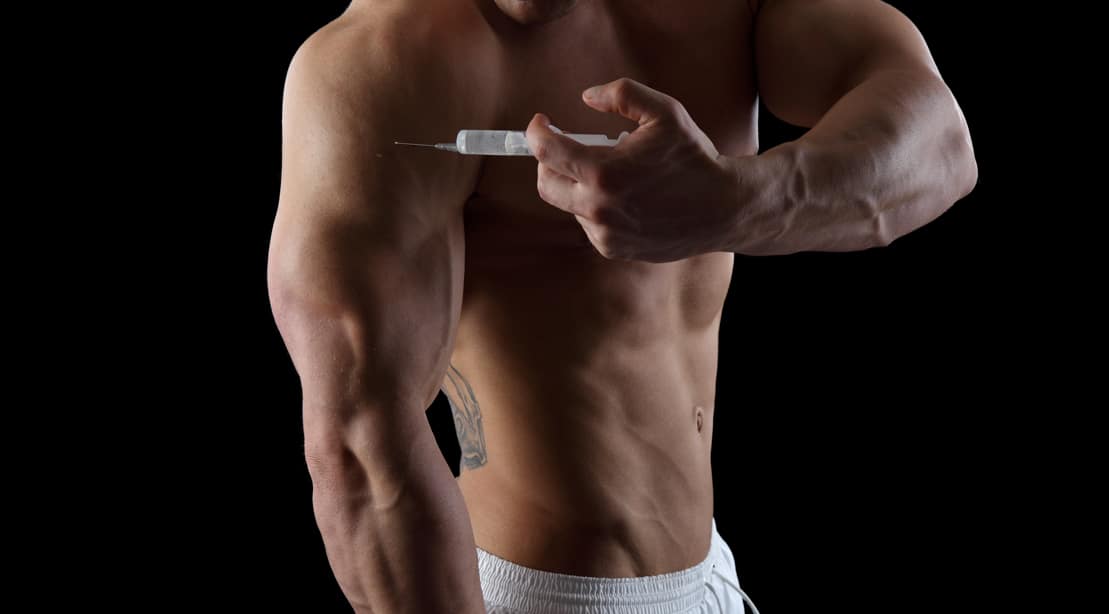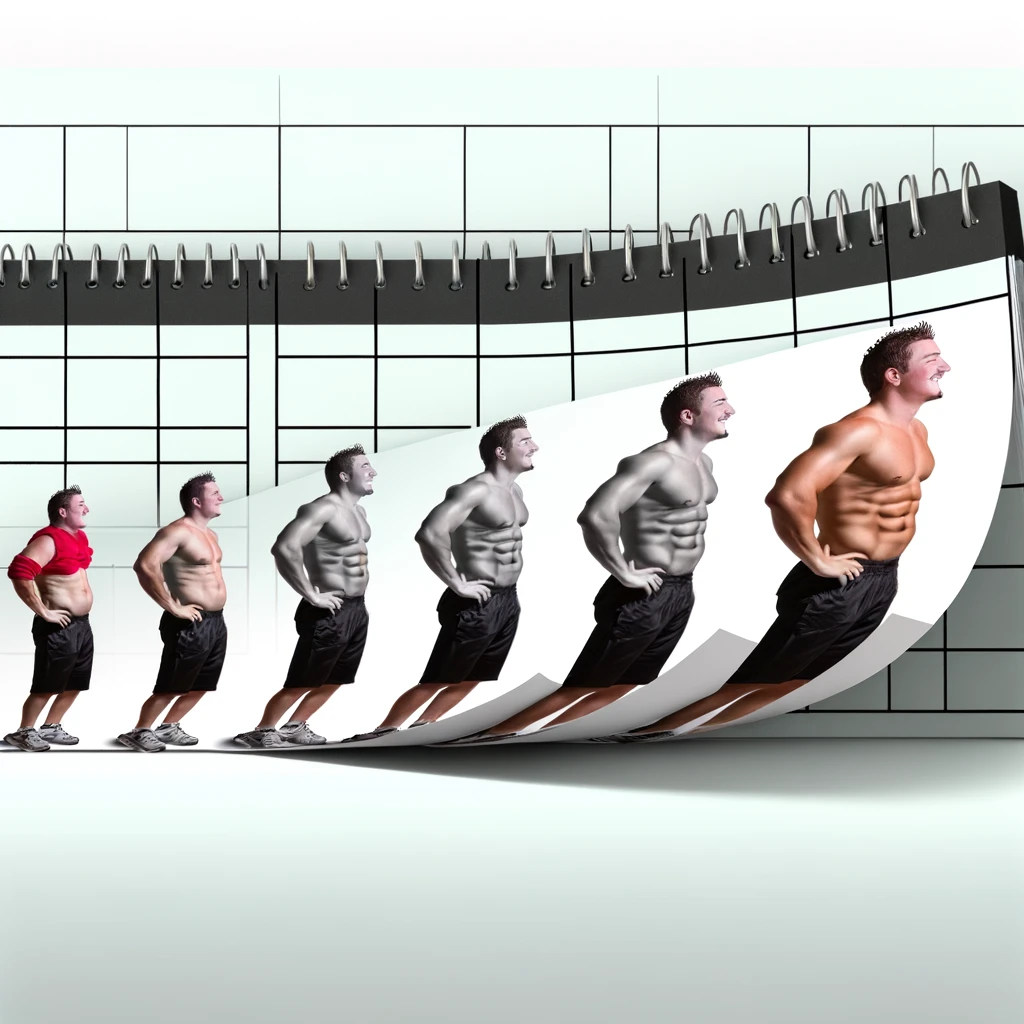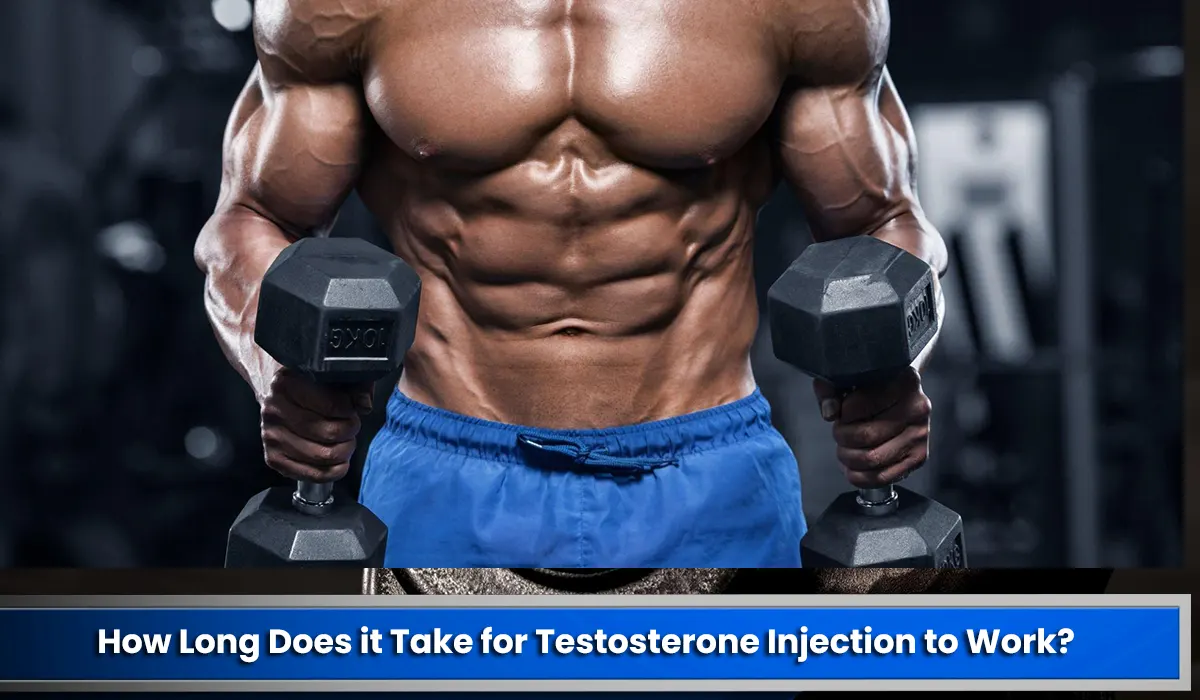How Long Does Testosterone Take To Work Bodybuilding

Bodybuilders seeking rapid gains are often impatient to see results from testosterone. However, understanding the timeline for noticeable effects is crucial for managing expectations and ensuring safety.
This article cuts through the misinformation surrounding testosterone use and bodybuilding, providing a factual timeline of expected results based on scientific understanding and common usage patterns. We focus on delivering practical information for those considering or currently using testosterone to enhance their physique.
Understanding the Timeline: When to Expect Results
The timeframe for experiencing the effects of testosterone in bodybuilding varies considerably. Factors include dosage, administration method (injections, gels, pills), individual physiology, diet, training regimen, and the specific testosterone ester used (e.g., enanthate, cypionate, propionate).
Initial Effects (Weeks 1-4)
Within the first few weeks, users often report increased libido and improved mood. Some may also experience a slight increase in energy levels and motivation to train. This is largely due to the initial surge in testosterone levels.
However, significant muscle growth and strength gains are unlikely to be noticeable during this period. The body needs time to adapt to the elevated hormone levels. Expect subtle changes, not dramatic transformations.
Intermediate Gains (Weeks 5-12)
The most substantial changes typically occur between weeks 5 and 12. This is when users often experience noticeable increases in muscle mass and strength.
Increased nitrogen retention contributes to muscle protein synthesis, leading to hypertrophy. Users may also observe improved recovery times between workouts.
Body fat percentage may begin to decrease as testosterone promotes fat oxidation. However, diet and exercise remain crucial for optimizing fat loss.
Plateau and Long-Term Effects (Weeks 12+)
After around 12 weeks, the rate of muscle growth tends to slow down. This is known as a plateau effect, and it's a natural response to sustained testosterone levels.
Continuing to see results beyond this point requires careful adjustment of training, diet, and potentially testosterone dosage (under medical supervision). Long-term use also increases the risk of side effects.
Dosage and Administration Methods
Dosage significantly impacts the speed and intensity of results. Higher doses generally lead to faster gains, but also increase the risk of adverse effects.
Administration method also plays a crucial role. Injections are generally considered the most effective delivery method, providing a consistent release of testosterone into the bloodstream.
Gels and creams offer a less invasive option, but absorption rates can vary significantly between individuals. Oral testosterone is often less effective and can be more taxing on the liver.
Potential Side Effects and Risks
It's critical to acknowledge the potential side effects associated with testosterone use. These can include acne, hair loss, gynecomastia (development of male breast tissue), and cardiovascular problems.
Testosterone can also suppress natural testosterone production, leading to testicular atrophy and infertility. Post-cycle therapy (PCT) is often used to help restore natural hormone levels after discontinuing testosterone use.
Individuals with pre-existing medical conditions should consult with a healthcare professional before considering testosterone supplementation. Self-administration and unregulated sources pose significant health risks.
The Importance of Diet and Training
Testosterone alone is not a magic bullet for building muscle. A well-structured diet and consistent training regimen are essential for maximizing results.
A high-protein diet provides the building blocks for muscle growth. Caloric surplus is typically required to support muscle protein synthesis.
Progressive overload training, involving gradually increasing the weight or resistance, is crucial for stimulating muscle hypertrophy. Proper form and technique are essential to prevent injuries.
Legal and Ethical Considerations
The use of testosterone for bodybuilding purposes is illegal without a prescription in many countries, including the United States. Obtaining testosterone from unregulated sources is dangerous and can expose users to counterfeit or adulterated products.
Athletes should be aware of the doping regulations set by various sporting organizations. Testosterone is a banned substance in most competitive sports.
The ethical implications of using testosterone to gain a competitive advantage should also be considered. Fair play and natural athleticism are often valued in sports and bodybuilding competitions.
Conclusion: Navigating Testosterone Use Safely
Gaining a realistic understanding of the testosterone timeline is essential for managing expectations and making informed decisions. While testosterone can accelerate muscle growth and strength gains, it's not a substitute for hard work, dedication, and a healthy lifestyle.
Prioritize safety by consulting with a healthcare professional before considering testosterone supplementation. Obtain testosterone from legitimate sources only and follow prescribed dosages and administration guidelines.
Ongoing research continues to shed light on the long-term effects of testosterone use. Stay informed and prioritize your health and well-being.


















